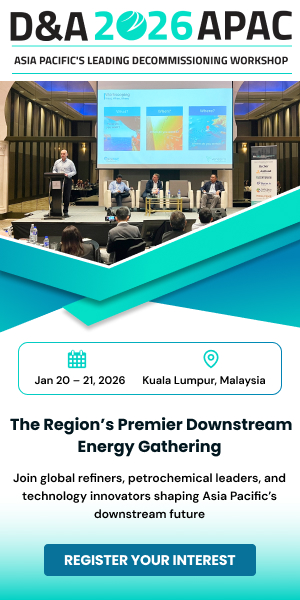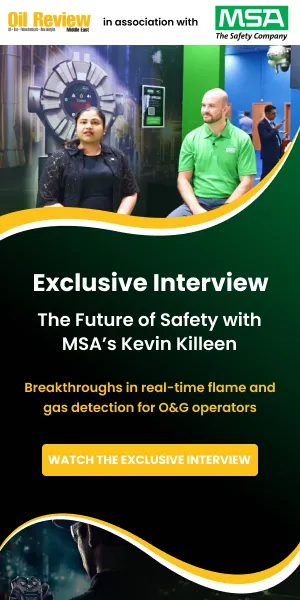IFS, a leading provider of enterprise cloud and Industrial AI software, is holding IFS Connect Middle East & Africa 2025, its customer and partner event in Saudi Arabia this year, underlining the scope for industrial AI solutions to contribute to the Kingdom's Vision 2030 strategy
With the theme “Powering Vision 2030: Industry-Centric Innovation for National Transformation”, the event, taking place on 10 September at Four Seasons Hotel Riyadh, will showcase how IFS’s industrial solutions & Industrial AI are enabling organisations in the region achieve tangible business outcomes and accelerate their contribution to national visions.
IFS Connect MEA will spotlight the company’s Industrial AI strategy and platforms, including IFS.ai, Nexus Black, and the recent acquisitions of TheLoops and 7bridges - designed to deliver predictive intelligence, closed-loop automation, and real-time decision-making for asset- and service-centric industries.
Rahul Misra, SVP & managing director, MEA at IFS said, “Saudi Arabia is a priority market for IFS, representing a rare convergence of scale, ambition, and urgency, a combination that perfectly aligns with IFS’s strengths in enterprise software and industrial AI. From giga projects to local upskilling, IFS Connect MEA will highlight how IFS technologies directly contribute to Saudi Arabia’s Vision 2030 and wider regional transformation.”
IFS, which opened its regional headquarters in Riyadh in Q2 2024, also announced the appointment of Mohammed Sa’adeh as country sales leader in Saudi Arabia.
Mark Moffat, CEO of IFS, will deliver the keynote session, outlining the company’s strategic commitment to the Middle East through sustained investment, talent development, and partnerships.
The exhibition hall will feature industry co-innovations, solution accelerators, and live demos, alongside five breakout sessions tackling sector-specific opportunities in Manufacturing, Energy, Utilities & Resources (EUR), Telecommunications, Service Industries and Aerospace & Defence (A&D).









